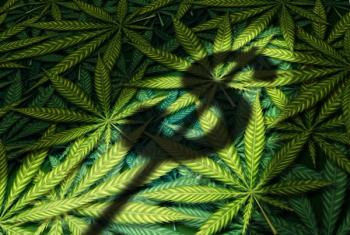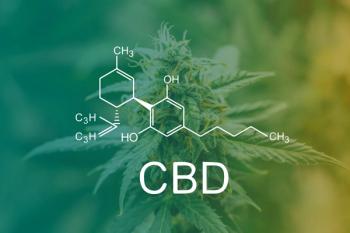
UConn Study Uncovers Gaps in CBD Beverage Labeling and Actual Content
Key Takeaways
- CBD content in brewed coffee is 70-80% less than advertised due to the hydrophobic nature of CBD oil, affecting extraction.
- The need for third-party lab testing and consumer protection is emphasized due to inconsistencies in CBD product content.
Analysis of two coffee products revealed 70–80% less CBD in the brewed coffee than what was indicated on the label.
Content of the cannabinoid cannabidiol (CBD) in brewed coffee may not be as high as stated on packaging, a new experiment has found. An August 5, 2025,
LeGault found that the actual CBD content of the brewed coffee was 70-80% less than advertised on the packaging.
“[Almost] nothing is showing up in the end result when you brew the coffee,” stated LeGault in the news release. “We found that these companies are marketing their products as having this much CBD in it. While that may be true at some point in the process, it’s not a bioavailable form upon brewing.”
The CBD oil had been added to the coffee grounds and not the final product. The hydrophobic nature of CBD oil contributes to the difficulty in absorption though water alone, leading to the lack of cannabinoid in extraction, LeGault explained. “When it comes to coffee grounds, the CBD is there, it’s in an oil,” he stated. “But since that oil is hydrophobic, it does not bind with water, so nothing is extracted. Therefore, none of the cannabinoids are released into the water that will become your coffee.”
LeGault noted that this situation can also be seen in other CBD products, emphasizing the need for third-party lab testing and consumer protections and for ensuring consistency. He also noted inconsistency of CBD content the coffee grounds between samples.
Cannabinoid content has also been tested in a different beverage as well. A 2024
Boiling water alone was not enough to decarboxylate the acidic cannabinoids, but the addition of cream increased the transfer of neutral cannabinoids and altered the safety profile, the researchers stated.
References
- Aldrich, AZ. Down the Drain: UConn Student Researcher Discovers the Truth About Some CBD Coffee Products
https://today.uconn.edu/2025/08/down-the-drain-uconn-student-researcher-discovers-the-truth-about-some-cbd-coffee-products/ (accessed August 7, 2025). - Maly, M.; Benes, F.; Binova, Z.; Hajslova, J. Tea Prepared from Dried Cannabis: What Do We Drink? Journal of Agricultural and Food Chemistry. 2024, 72(38) DOI:
10.1021/acs.jafc.4c05940
Newsletter
Unlock the latest breakthroughs in cannabis science—subscribe now to get expert insights, research, and industry updates delivered to your inbox.




